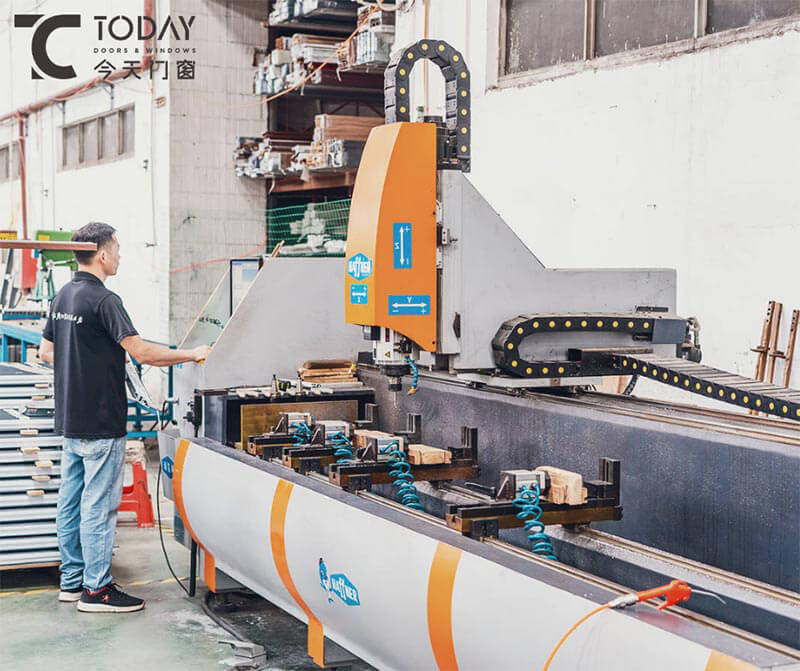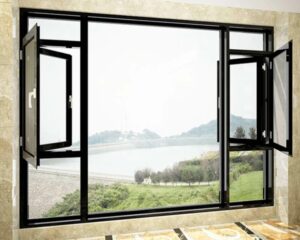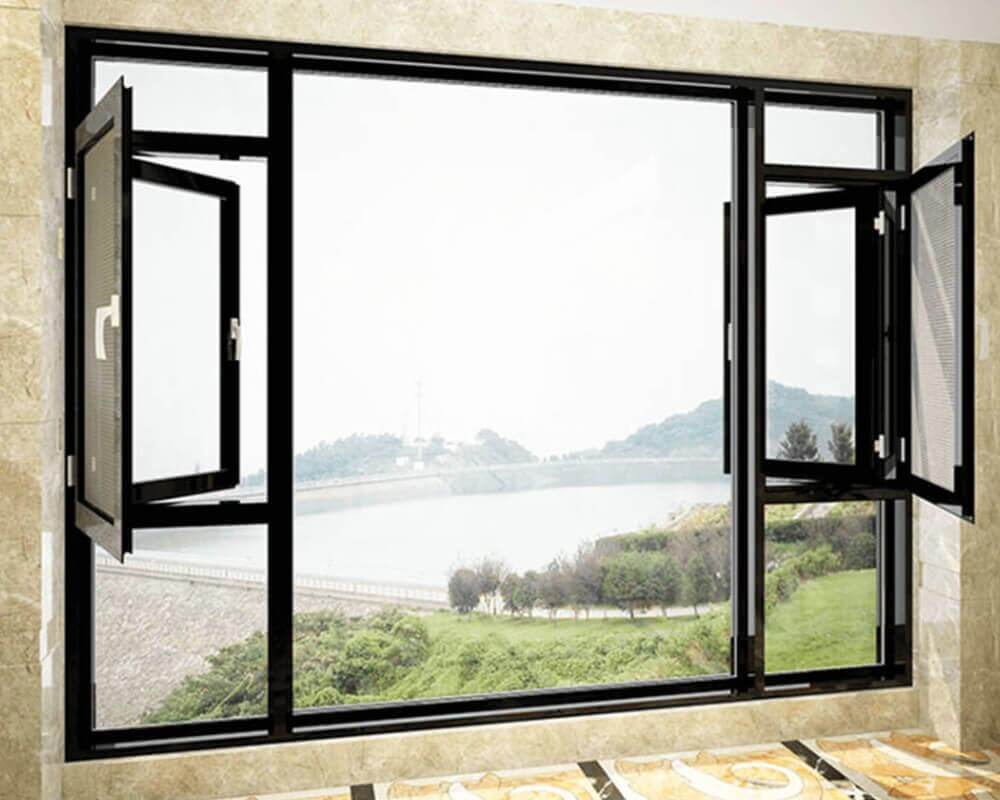In today’s nimble, fast-paced market, the challenges and opportunities for manufacturers are greater than ever. In addition to the ever-growing pressure from consumers and intermediaries for faster, more affordable products, manufacturers are also faced with newer challenges, such as rising labor costs and increasingly stringent environmental standards. There are also increasing product complexities, new intermediaries, and a greater emphasis on design, quality, and processes. With this in mind, manufacturers need to think beyond their walls to be successful. OEM (original design manufacturer) manufacturing, whereby companies manufacture goods according to their own design, is a way to do just that. It requires an understanding of the processes and productivity required, and also a willingness to think outside the box.
Table of Contents
What is OEM Manufacturing?
OEM (original design manufacturer) manufacturing, whereby companies manufacture goods according to their own design, is a way to do just that. It requires an understanding of the processes and productivity required, and also a willingness to think outside the box. OEM manufacturing is a way to create new products without going through the normal channels. OEM manufacturing is a little different from contract manufacturing, which is when a company outsources its production to another one, but with a much higher quality level and a customized design. As opposed to contract manufacturing, OEM manufacturing involves the design of new products.
Why OEM Manufacturing Matters
OEM manufacturing enables companies to create new products that may not be possible with a standard contract manufacturing arrangement. It allows manufacturers to exceed the “one-size-fits-all” mentality that has made the generic industry so successful. It can also lead to new product development, which is crucial in today’s marketplace. Finally, OEM manufacturing is a way to reduce costs and speed up the product development process because it enables manufacturers to develop products based on their own design. It’s also a way to generate new revenue streams.
Define the Product Specifications
Before an OEM/ODM manufacturer can begin creating a new product, they must have clear specifications of their customers’ needs and desires. This is critical to have a start point for the process. The specifications will vary from product to product, but generally it will outline the desired features, performance norms, and design characteristics. For instance, if a manufacturer is creating a new refrigerator, their specifications will likely include the dimensions, weight, and interior room size. They may also include the required power requirements based on their customers’ needs.
Develop the Materials and Components
Next, the OEM/ODM manufacturer must develop the materials and components that will be used to create their customers’ products. For example, if a manufacturer wants to create a new refrigerator, they must create the plastic parts, the metal parts, and the digital/electronic components. The materials and components are developed using digital tools and equipment, such as 3D printers, laser cutters, CNC machines, and CAD/CAM systems. Depending on the complexity of the project, it could take a few days or weeks to develop the materials and components.
Plan Your Processes and Workflows
OEM/ODM manufacturing involves creating a workflow that involves all departments, from design and engineering to marketing and sales. This workflow should include a design review process, where everyone involved in the design process reviews the design, and a quality review process, where every design undergoes testing to ensure that it meets specifications. Workflows must also include a quality assurance process, which includes reviewing design specifications and components, and a quality control process, which includes the design review and testing. Workflows should be executed in the proper sequence so that quality checks can be performed and mistakes avoided.
Conclusion
OEM/ODM manufacturing has many benefits and challenges, but overall, it can help companies to stay competitive by providing them with new products and revenue streams. OEM manufacturing also enables manufacturers to create products that may not be possible with a standard contract manufacturing arrangement. It can also lead to new product development, which is crucial in today’s marketplace. This article outlines what OEM/ODM manufacturing is, why it’s relevant, and how to get started. It also discusses the challenges and solutions of OEM/ODM manufacturing.










